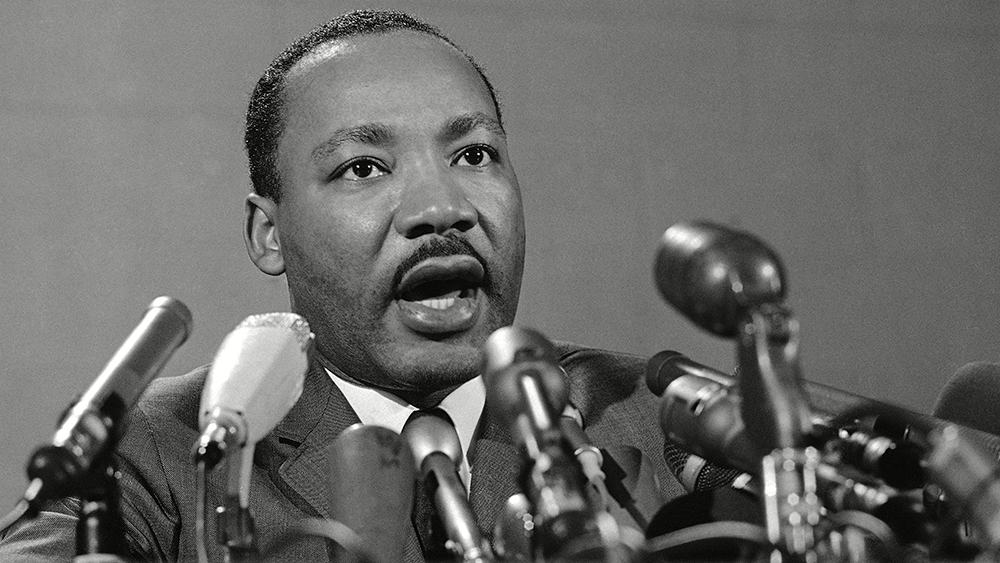Introduction to Martin Luther King Jr.
More than half a century after his untimely death at the age of 39, the legacy of the Rev. Dr. Martin Luther King Jr. continues to resonate profoundly within American society. A prominent leader of the Civil Rights Movement, King’s influence extends beyond the realm of social justice and serves as an enduring symbol of the fight against racial inequality. His dedication marked a significant turning point in American history, where his principles of non-violence and equality inspired generations across diverse backgrounds.
Early Life and Rise to Prominence
King’s journey from the modest surroundings of the Ebenezer Baptist Church in Atlanta to the forefront of the national civil rights struggle showcases the evolution of a leader with a vision for social change. Not yet 30, he emerged to prominence during a pivotal moment in United States history. His relentless dedication to addressing blatant racial injustices through peaceful protests, boycotts, and acts of civil disobedience captivated the nation and helped galvanize public opinion behind the civil rights movement.
Media’s Role in Amplifying King’s Message
King’s strategic engagement with the media played an instrumental role in amplifying his message and the cause for civil rights. The rising influence of television news during the 1950s and 1960s provided a powerful platform for his ideas, allowing a wider audience to witness the realities of racial discrimination in America. King’s assertive and mesmerizing speaking style brought forth the urgency of civil rights issues, fostering empathy and motivation for change among viewers from all walks of life.
Key Appearances and Historic Moments
One of King’s notable early appearances in the media occurred in the Variety magazine on September 4, 1957. As a guest on NBC’s Sunday public affairs series “Look Here,” which was hosted by journalist Martin Agronsky, King shared the stage with significant figures such as Secretary of State John Foster Dulles and then-Senator John F. Kennedy. This appearance not only underscored King’s growing reputation but also showcased the alignment between leading voices in politics and social activism at that time.
The Connection with Hollywood Liberals
King’s vision and mission resonated deeply with many progressive voices in Hollywood. A collective of liberals from the entertainment industry adopted his civil rights agenda, utilizing their platforms to bring further attention to the issues King was advocating for. Their support helped elevate King’s causes to a broader audience, contributing to the momentum of the Civil Rights Movement and establishing a synergy between art, advocacy, and political change at a historical juncture.
Ongoing Legacy and National Observance
As the nation annually commemorates Martin Luther King Jr. Day, reflections on his contributions and achievements remind contemporary society of the power of collective action against systemic injustice. The myriad moments of his life, documented across various media platforms including Variety, reveal not only his steadfast resolve but also highlight the necessity of remaining vigilant in the ongoing pursuit of equality and justice for all individuals.
Conclusion
Martin Luther King Jr. remains a beacon of hope and change, embodying the relentless quest for justice and equality. His compelling oratory, strategic use of non-violent resistance, and ability to harness the power of media forged a path towards significant societal transformation. Today, as discussions surrounding civil rights and social justice continue, King’s legacy serves as a reminder of the impact one individual’s vision can have on the collective conscience of a nation. It is crucial to continue studying and honoring his contributions as we navigate contemporary challenges in the fight against inequality.
FAQs
- What were the main contributions of Martin Luther King Jr. to the Civil Rights Movement?
- Martin Luther King Jr. significantly contributed to the Civil Rights Movement through his leadership, advocacy for non-violent protest, and eloquent speeches that drew national attention to the injustices faced by African Americans.
- How did the media influence Martin Luther King Jr.’s activism?
- The media played a vital role in King’s activism by broadcasting his message and the realities of racial discrimination, helping to reshape public opinion and garner support for the Civil Rights Movement across the United States.
- What is the significance of Martin Luther King Jr. Day?
- Martin Luther King Jr. Day is a federal holiday that celebrates the life and achievements of King, serving as a reminder of the ongoing struggle for civil rights and an opportunity for reflection and community service to honor his legacy.
- What was one of King’s most famous speeches?
- One of King’s most famous speeches is the “I Have a Dream” speech, delivered during the 1963 March on Washington, where he called for an end to racism and for civil and economic rights.

